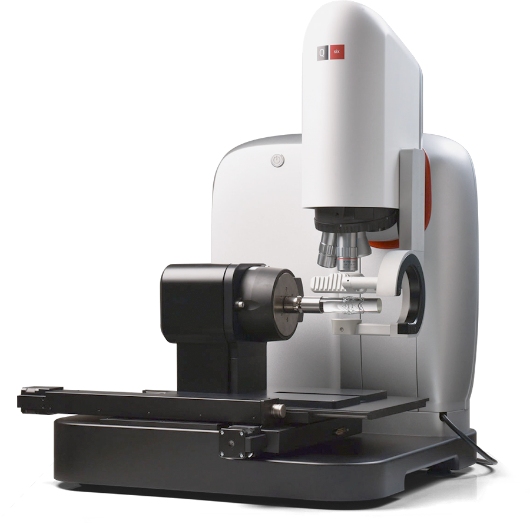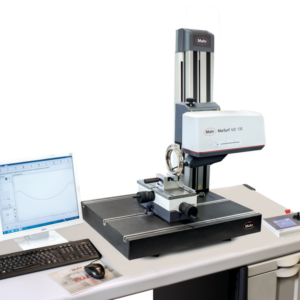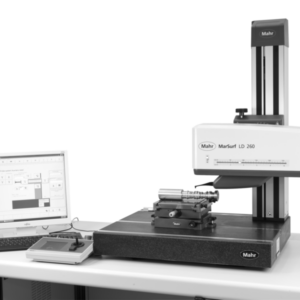Sensorfar Medical Q vix
Q vix has been designed as a full solution for the inspection of stents and heart valves. The combination of state-of-the-art hardware and software makes it possible to complete the devices’ final inspection automatically and with a single tool.
Description
Q vix has been designed as a full solution for the inspection of stents and heart valves. The combination of state-of-the-art hardware and software makes it possible to complete the devices’ final inspection automatically and with a single tool.
The light source support ring of Q vix enables hundreds of light combinations that adapt each different application and device to achieve advanced illumination control. The different light support ring designs available optimize sample loading process for heart valve frames and stents. The illumination rings can support up to seven high-intensity light sources simultaneously, which are easily operated from Q vix software, adapting the illumination setup to any specific application.
Standard bright- field illumination setups can be combined with grazing illumination setups, which allows Q vix to detect tiny defects that can be seen “shining in the dark”, even at low magnifications.
The flexibility of the hardware and software of Q vix makes it the best solution for the inspection of stents and heart valves samples up to 34mm in OD, including the inspection of large peripheral stents and neurovascular devices.
It is not necessary for the inspector to remain in front of one system during the inspection, which allows a single inspector to manage up to 4 Q vix working in parallel depending on the application. In addition, after an exhaustive qualification of the system is conducted, the assisted decision made by the operator can become an automatic decision made by the software in a completely unmanned inspection facility.






Reviews
There are no reviews yet.